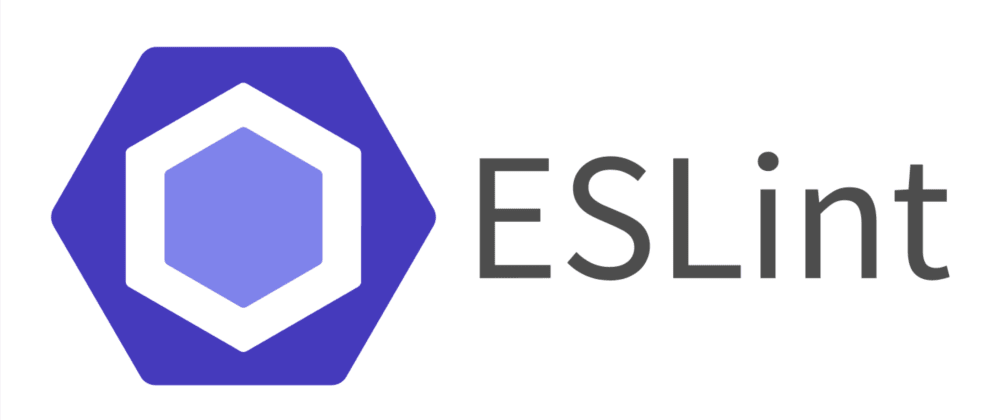The Value of Coding Standards:ESLint
21 Sep 2023
The Value of Coding Standards: ESLint
When you first integrate ESLint with IntelliJ, it can feel like the software equivalent of a grammar teacher endlessly correcting your sentence structure and punctuation. The tool marks your JavaScript code for all kinds of infractions, from using ‘var’ instead of ‘let’ or ‘const’, to more subtle issues like incorrect spacing or the use of deprecated methods. Chasing that elusive green checkmark—the sign that your code is ESLint-compliant—often feels like an exercise in frustration.
However, once you adapt to its rigors, ESLint starts to feel less like a burden and more like a mentor. It helps in keeping your code consistent, readable, and in line with best programming practices. But beyond these obvious benefits, there’s an underrated advantage to adhering to a set coding standard: it can serve as an invaluable learning tool. ESLint doesn’t merely enforce rules; it introduces you to best practices in JavaScript that you might not have been aware of as a beginner or even as an intermediate programmer.
The common misconception about coding standards, especially automated ones like ESLint, is that they stifle creativity and serve as an unnecessary constraint. On the contrary, they streamline the coding process. While it’s true that you might find yourself initially slowed down, this short-term inconvenience is outweighed by long-term gains. Code that adheres to established standards is easier to debug, maintain, and collaborate on.
In summary, coding standards shouldn’t be dismissed as mere trifles concerned with spaces, indents, or braces. They represent an aggregate of best practices honed over years by a community of practitioners. ESLint, annoying as it may initially be, serves as a gatekeeper to this wealth of community knowledge. It forces you to engage with these best practices continuously, reinforcing good habits and teaching new approaches. So the next time you find yourself irked by that missing green checkmark in IntelliJ, remember that it’s not just a stamp of approval, but a sign that you’re becoming a better developer.